Dances & Dreams - the Berliner Philharmoniker and Simon Rattle Review
Dance is a type of art that by and large involves movement of the body, oft rhythmic and to music. It is performed in many cultures as a form of emotional expression, social interaction, or exercise, in a spiritual or functioning setting, and is sometimes used to express ideas or tell a story. Dancing is entertaining. Its passion for some people likewise as profession for some. Whether yous can or you can't but you trip the light fantastic toe! everybody does.
Here I've listed ten nearly popular dance styles performed all over the globe. I am sure you will be familiar with some of the styles, but this listing discusses some dances from different cultures that are probably new to you lot. I may have missed out some one, and then delight share y'all favorite in comment section.
10. Gangnam Style
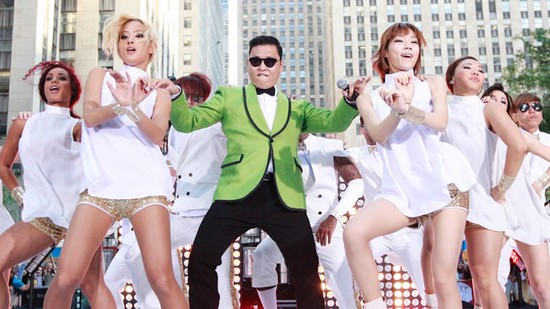
The phrase "Gangnam Style" is a Korean neologism that refers to a lifestyle associated with the Gangnam District of Seoul. The song and its accompanying music video went viral in August 2012 and have influenced popular culture worldwide since and so.
"Gangnam Style" received mixed to positive reviews, with praise going to its catchy beat and PSY's amusing dance moves in the music video and during live performances in various locations effectually the world have get a phenomenon and become a famous dance style now.
nine. Hip-hop Dance
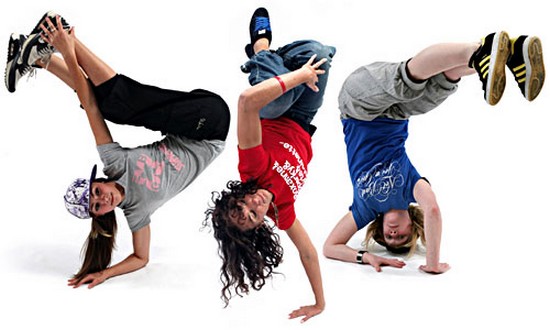
Hip-hop trip the light fantastic toe refers to "Street Dance" styles primarily performed to hip-hop music or that have evolved as function of hip-hop culture. It includes a broad range of styles primarily breaking, locking, and popping which were created in the 1970s and fabricated popular by trip the light fantastic toe crews in the United States.
This dance style, commonly danced to hip hop music that evolved from the hip hop culture. Hip dance consists primarily of moves executed close to the ground.
8. Tap Dance
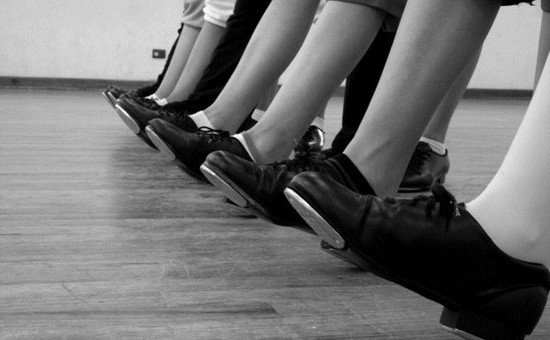
Tap trip the light fantastic toe is a course of dance characterized past a tapping sound that is created from metallic plates that are fastened to both the ball and heel of the dancer's shoe. Special shoes are made for dancing the tap. These metal plates, when tapped confronting a hard surface, create a percussive sound and as such the dancers are considered to exist musicians.
Tap trip the light fantastic toe has roots in African American dancing such every bit the Juba Trip the light fantastic toe, English Lancashire Clog dancing, and probably most notably Irish stepdancing. It is believed to accept begun in the mid-1800s during the rise of minstrel shows.
7. Yangko Trip the light fantastic toe
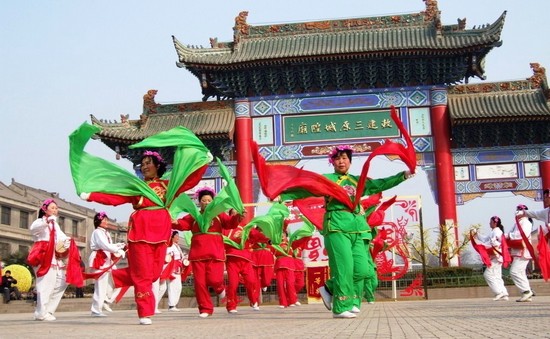
The Yangko dance is a traditional folk dance of the Han Chinese. It originated from China and happens to be a pop function of their civilization. Information technology involves swaying of the torso to certain rhythms. The waist and the hip are used to bulldoze feet in society to sync with the music.
The trip the light fantastic has a one m year history in China and is usually performed in the Lantern Festival. You can see a lot of videos on YouTube concerning the trip the light fantastic toe. Yangko has changed since its inception and the ane that we run across now happens to come from the late 1940s.
six. Belly Dance
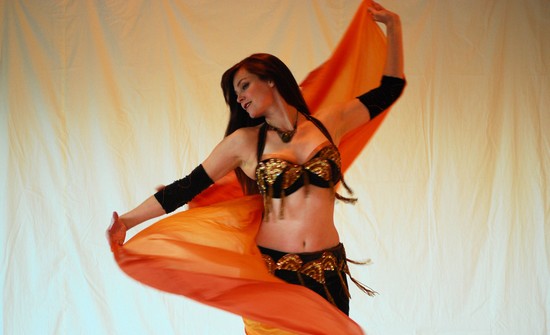
Abdomen trip the light fantastic is a Western-coined name for a "traditional West Asian" dance, especially Raqs Sharqi. It is sometimes as well called Center Eastern trip the light fantastic or Standard arabic trip the light fantastic in the West. The term "Belly dance" is a misnomer as every part of the trunk is involved in the dance. The most featured body part being the hips.
It basically originated from Eye E. For me no one does information technology better than Shakira. Belly dance was popularized in the W during the Romantic motility of the 18th and 19th centuries, when Orientalist artists depicted romanticized images of harem life in the Ottoman Empire.
5. Kathak
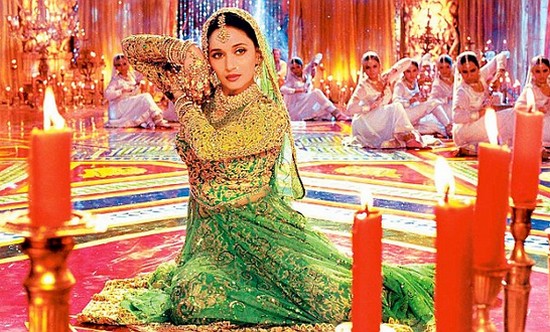
Kathak is one of the 8 forms of Indian classical dances, originated from India. This trip the light fantastic class traces its origins to the nomadic bards of ancient northern Republic of india, known as Kathakars or storytellers. Its form today contains traces of temple and ritual dances, and the influence of the bhakti movement. From the 16th century onwards it absorbed sure features of Persian dance and cardinal Asian dance.
The name of the trip the light fantastic toe is derived from Sanskrit which means story. The classical dances can exist compared to the ballet dances. These dances are very complicated and ordinarily have a meaning to them. Only like the name, they are supposed to tell some sort of a story. For me no i does information technology better than Madhuri Dixit.
4. Break Dance or B-boying
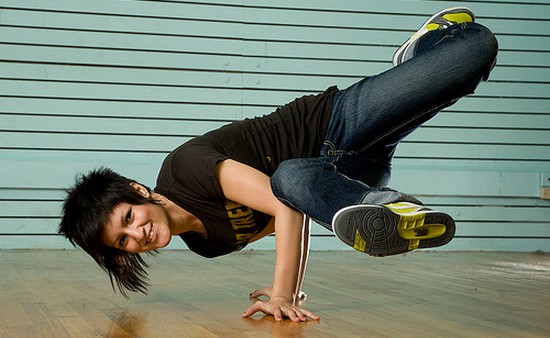
Break Dance or B-boying or B-girling is a form of street dancing style popularize by Michale Jackson. The dance consists of four primary elements: toprock, downrock, ability moves and freezes/suicides.
This style of dance is very acrobatic and has elements of gymnastics in information technology, this style of dance calls for strength, skill, balance and technique amongst other things. A practitioner of this dance is called a b-male child, b-girl, or breaker. These terms are preferred by the majority of the pioneers and most notable practitioners.
iii. Ballet
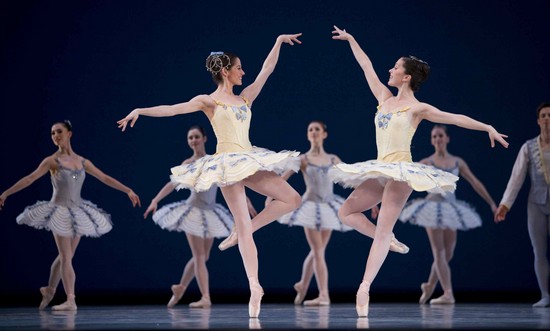
This is a performance dance and it originated in Italy during the fifteenth century. The trip the light fantastic toe developed in France and Russia and evolved from performance dance to concert dance. It is a very complicated form of dancing and is taught in different ballet schools all over the world. The dance is usually choreographed with vocal or orchestral music.
It involves pointe work, menses and very precise acrobatic movements. The ballet went from romantic, to expressionist and neoclassical ballet. The word originally translates into 'to dance'. >> x Awesome Ballet Trip the light fantastic Photos.
2. Salsa
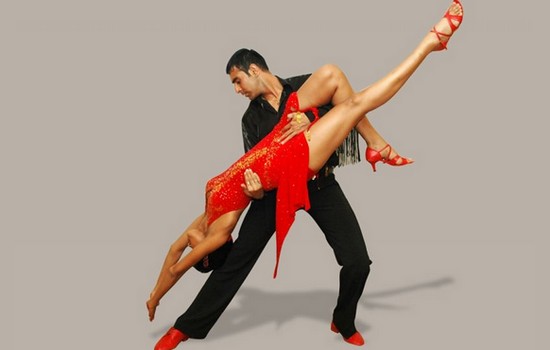
Salsa is a syncretic dance genre from Cuba. It is commonly a partner trip the light fantastic toe, although there are recognized solo forms. Salsa is normally danced to the salsa music although most people perform the steps with Latin American music every bit well.
Salsa requires a couple, although y'all can choreograph information technology every bit a class of line trip the light fantastic in which a partner might not be necessary. You can perform salsa as an improvisation but generally it is choreographed. This dance fashion is very popular throughout the Latin America and over time information technology spread through Northward America, Europe, Commonwealth of australia, Asia and the Center East.
1. Line Dance
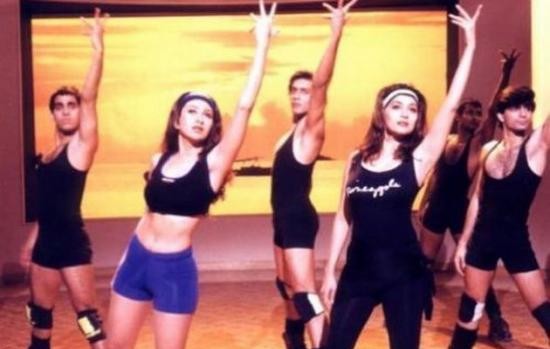
A line trip the light fantastic is a choreographed trip the light fantastic toe with a repeated sequence of steps in which a group of people dance in ane or more than lines or rows without regard for the gender of the individuals, all facing the same direction, and executing the steps at the same time. Line dancers are not in physical contact with each other.
Older "line dances" accept lines in which the dancers face each other, or the "line" is a circle, or all dancers in the "line" follow a leader effectually the trip the light fantastic toe floor; while belongings the hand of the dancers abreast them. See also; Summit x Nearly Famous Dancers of All Time.
Source: https://www.wonderslist.com/10-most-famous-dance-styles-in-the-world/
0 Response to "Dances & Dreams - the Berliner Philharmoniker and Simon Rattle Review"
ارسال یک نظر